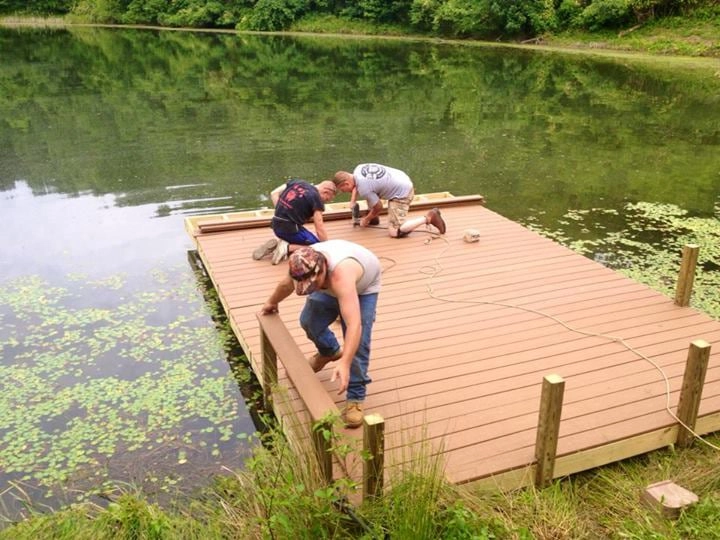Floating bridges represent an innovative solution to bridge construction, particularly in areas prone to extreme weather conditions. These structures, designed to adapt to the natural environment, offer unique advantages in terms of resilience and safety. As climate change leads to increasingly severe weather patterns—ranging from powerful storms to flooding and ice formation—designers and engineers are challenged to create floating bridges that can withstand such adversities while maintaining functionality. One of the key aspects of designing floating bridges is ensuring they can cope with fluctuating water levels. This involves selecting materials that are not only buoyant but also resistant to corrosion and damage from environmental factors. Advanced composite materials are often favored for their strength-to-weight ratio and durability, allowing bridges to endure harsh conditions without compromising their structural integrity. Additionally, the incorporation of flexible joints and anchoring systems allows these bridges to move with the water, reducing the risk of structural failure during extreme weather events.

The shape and design of floating bridges also play a critical role in their resilience. Streamlined profiles help reduce water resistance, enabling the bridge to better withstand strong currents and waves. The layout must be carefully considered to ensure stability during severe weather, which can involve unpredictable wind patterns and surges. Engineers often employ sophisticated modeling techniques to simulate various weather scenarios, allowing them to identify potential weaknesses in the design and address them proactively. Safety is paramount when designing floating bridges, especially in extreme weather. The ability to provide safe passage for vehicles and pedestrians during adverse conditions is essential. This includes implementing non-slip surfaces and adequate lighting to enhance visibility in poor weather. Furthermore, real-time monitoring systems can be integrated into the bridge infrastructure to track structural health and environmental conditions. These systems, like hiseadock, can provide critical data that informs immediate safety measures or alerts users to potential hazards.
Regular inspections and upkeep are necessary to address wear and tear caused by the elements. This includes checking for signs of corrosion, damage to buoyancy materials, and the integrity of anchoring systems. Developing maintenance protocols that account for the unique challenges posed by extreme weather ensures that floating bridge remain safe and functional over time. In conclusion, floating bridges are a forward-thinking solution to the challenges posed by extreme weather in bridge construction. By focusing on resilient materials, adaptive design, and robust safety measures, engineers can create structures that not only withstand severe environmental conditions but also provide a reliable means of transportation. As weather patterns continue to evolve, the importance of innovative bridge design will only grow, emphasizing the need for ongoing research and development in this field. Floating bridges stand as a testament to human ingenuity in overcoming nature’s challenges, providing essential connections in even the most extreme conditions.
Categories: Business
